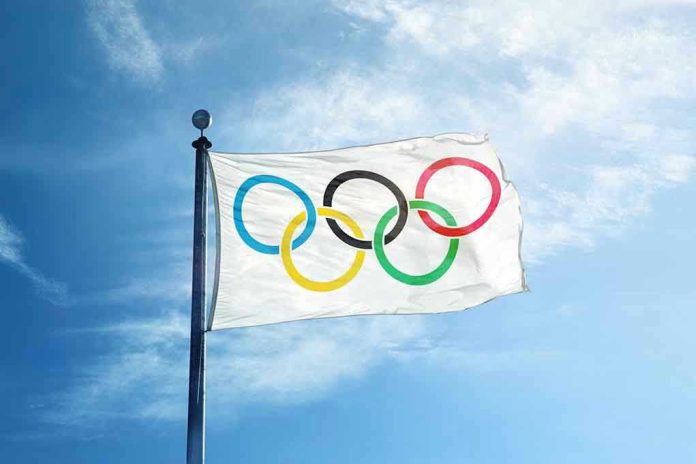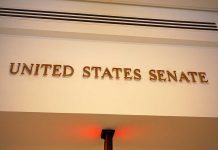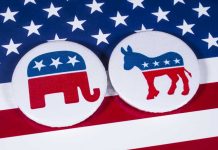
When the U.S. Olympic and Paralympic Committee decided to ban transgender athletes from competing, it sent shockwaves through the sports world. What led to this seismic shift?
At a Glance
- The U.S. Olympic and Paralympic Committee (USOPC) aligns with Trump’s executive order.
- Transgender women are banned from competing in women’s sports under new USOPC rules.
- Compliance is necessary to maintain federal funding for the USOPC.
- This decision creates a divide with international sports policies, like those of the IOC.
The USOPC’s Compliance with Federal Directives
The USOPC’s decision to ban transgender athletes aligns with an executive order from President Donald Trump, signed in February 2025. Titled “Keeping Men Out of Women’s Sports,” this order aimed to restrict transgender women from participating in women’s sports. The USOPC, being a federally chartered organization, was compelled to comply with the directive to avoid losing federal funding and to maintain its legal standing.
Other national governing bodies are now required to update their policies in line with the USOPC’s stance. For instance, USA Fencing has already adjusted its guidelines, with the new rules taking effect on August 1, 2025. This shift underscores the power dynamics at play, where federal directives can override organizational autonomy, significantly impacting the landscape of sports governance in the U.S.
Divergence from International Policies
While the USOPC has taken a firm stance, the International Olympic Committee (IOC) continues to allow transgender athletes under specific conditions, such as hormone therapy and medical verification. This divergence highlights the ongoing debate in the sports world over inclusivity and fairness. The USOPC’s decision reflects a broader cultural and political divide, where domestic policies may contrast sharply with international standards.
This policy shift has sparked significant discussion and debate. Some view the ban as discriminatory, arguing that it excludes transgender women from fair competition. Others see it as a necessary step to maintain competitive balance in women’s sports. This ongoing controversy is likely to influence future policy decisions both domestically and internationally.
Impact on Athletes and Organizations
The immediate effect of the new policy is the exclusion of transgender women from women’s sports within the U.S., directly impacting athletes and teams. This decision has significant implications for the inclusivity and diversity efforts within sports organizations. The economic impact could be substantial, with potential loss of federal funding for non-compliant organizations, further complicating the financial landscape for sports entities.
Beyond the economic ramifications, the social impact is equally profound. The decision has intensified the debate over inclusivity and fairness in sports, a conversation that reflects broader political and cultural tensions. For affected athletes, the policy represents a significant barrier to participation and recognition in their chosen sports.
A Broader Perspective on Sports Policy
The USOPC’s policy change may influence other sports organizations globally, encouraging either similar restrictions or a push towards more inclusive policies. The ongoing debate over transgender athletes is likely to shape the future of sports governance, with organizations needing to balance inclusivity with competitive fairness.
Experts and academics have weighed in, emphasizing the need for evidence-based policies that consider both medical science and social equity. While some argue for inclusivity based on individual merit and medical criteria, others stress the importance of maintaining a level playing field in competitive sports. This complex issue is far from resolved, and the dialogue around it will continue to evolve.













